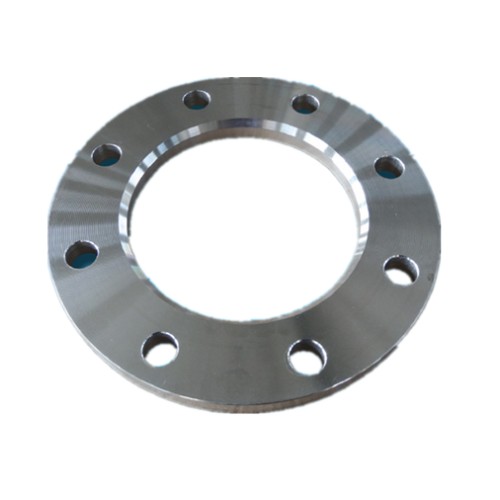multi turn electric actuator
Understanding Multi-Turn Electric Actuators A Comprehensive Overview
In the realm of industrial automation and control systems, electric actuators play a crucial role in converting electrical energy into mechanical motion. Among the various types of actuators, multi-turn electric actuators are particularly significant due to their ability to perform multiple revolutions, making them ideal for a wide range of applications. This article delves into the fundamental aspects of multi-turn electric actuators, including their operating principles, types, applications, and advantages.
What is a Multi-Turn Electric Actuator?
A multi-turn electric actuator is a device that enables rotary motion to be generated through electrical signals. Unlike their single-turn counterparts, which can complete only one full rotation (360 degrees), multi-turn actuators can rotate several times, typically between two and a hundred revolutions. This capability makes them suitable for applications that require precise positioning over a considerable range of motion.
Operating Principles
Multi-turn electric actuators operate on the principle of converting electrical energy into mechanical energy through the use of motors—often DC or stepper motors. When an electrical signal is received, the motor turns, driving a lead screw or gear mechanism that translates the rotational motion into the desired output movement. The actuator's control system ensures the precise positioning and speed of the moves, often incorporating feedback systems such as encoders to monitor the position accurately.
Types of Multi-Turn Electric Actuators
There are various types of multi-turn electric actuators, each designed for specific applications
1. Gearbox-driven Actuators These actuators utilize gears to increase torque while reducing speed, making them suitable for heavy-duty applications where force is more critical than speed.
multi turn electric actuator

3. Fail-Safe Actuators Designed to return to a predetermined safe position in case of power loss, these actuators are often used in safety-critical systems.
4. Modular Actuators These flexible actuators allow for customization and integration within existing systems, facilitating easy upgrades and modifications.
Applications
Multi-turn electric actuators are widely utilized across several industries
- Water Treatment and Waste Management Used in controlling valves for flow regulation and system management. - Oil and Gas Essential for valve operation in pipelines, ensuring safety and efficiency in the transportation of liquids and gases. - Manufacturing Employed in conveyor systems and robotic applications where precise control of moving parts is required. - Building Automation Commonly found in HVAC systems to control dampers and valves, contributing to energy efficiency.
Advantages of Multi-Turn Electric Actuators
The popularity of multi-turn electric actuators can be attributed to several advantages
- Precision Control Their design allows for precise control of movement, crucial for applications that require careful positioning. - Versatility With the ability to perform multiple turns, these actuators are versatile and can be used in various applications across different industries. - Low Maintenance Electric actuators require less maintenance compared to pneumatic or hydraulic systems, leading to lower operational costs.
In conclusion, multi-turn electric actuators are indispensable components in modern automation systems. Their ability to provide versatile, precise, and reliable movement in various settings makes them a preferred choice for many industrial applications. As technology continues to advance, the capabilities and efficiency of these actuators are expected to grow, paving the way for even more innovative uses in the future.
-
The Key to Fluid Control: Exploring the Advantages of Ball Valves in Industrial SystemsNewsJul.09,2025
-
The Versatile World of 1, 2, and 3 Piece Ball ValvesNewsJul.09,2025
-
Stainless Steel Ball Valves: The Ideal Choice for Efficient Flow ControlNewsJul.09,2025
-
Optimizing Fluid Control with Ball Float ValvesNewsJul.09,2025
-
Manual Gate Valves: Essential for Control and EfficiencyNewsJul.09,2025
-
Everything You Need to Know About Butterfly ValvesNewsJul.09,2025
-
The Versatility of Wafer Type Butterfly ValvesNewsJul.08,2025




